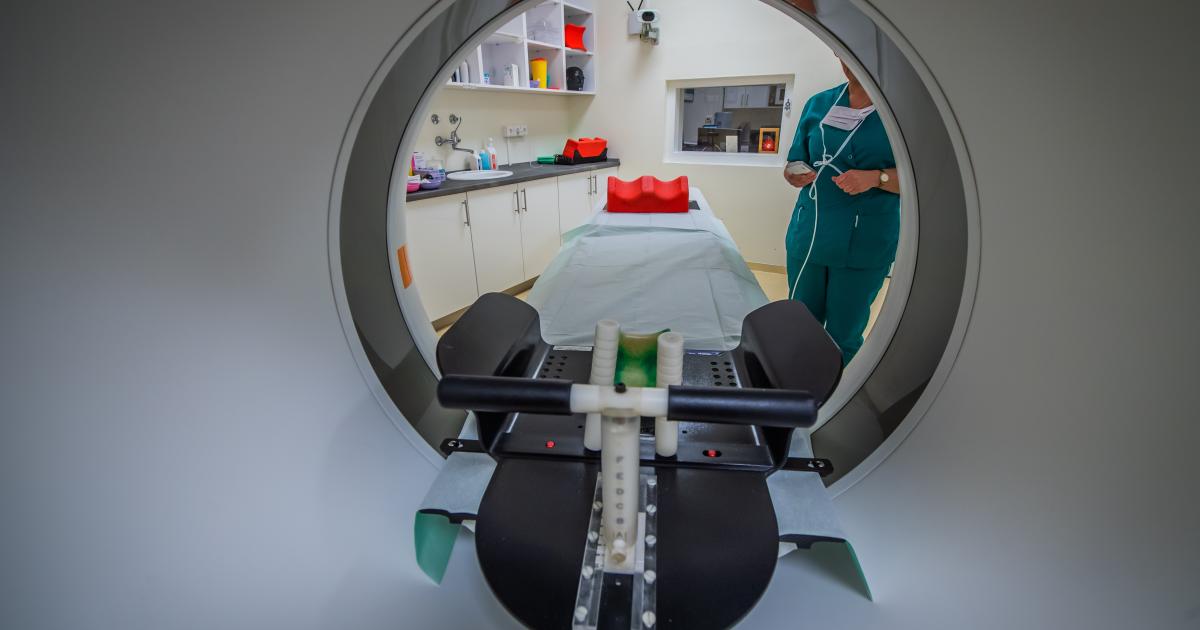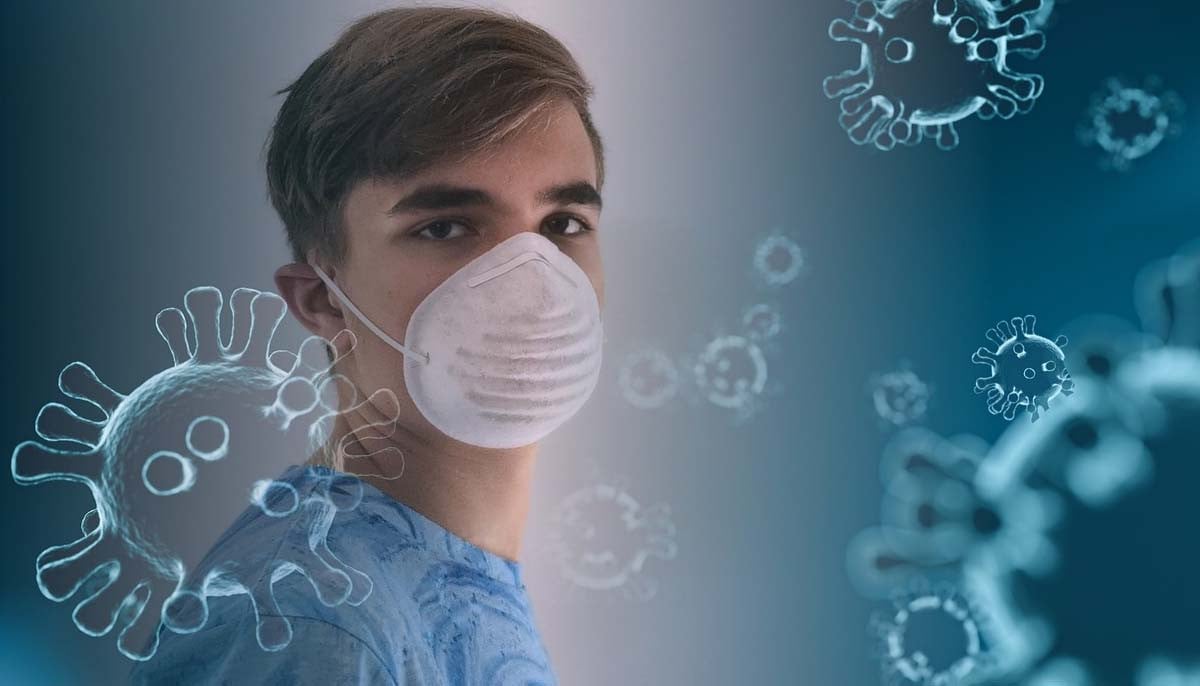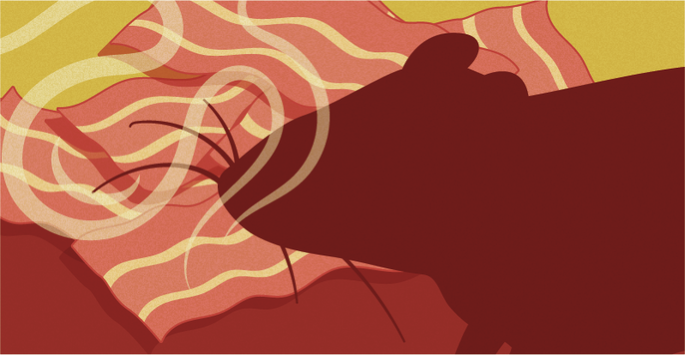It is well established that consumption of a hypercaloric diet during pregnancy can increase offspring susceptibility to obesity and metabolic disease. However, it was unknown whether this effect was due to maternal obesity, or to intrinsic…
Category: 6. Health
-
National award for stroke consultant whose research improves patient care
A stroke consultant who passionately believes in the value of research in improving patient care has won national recognition for her work.
Dr Manju Krishnan has received the Local Clinical Research Investigator Award from the British and Irish…
Continue Reading
-

The latest EU cancer data: what is new?
The latest estimates of new cancer cases show a decrease of 1.7% compared with 2022, with 2.7 million new cases in 2024 in the EU Member States. Cancer deaths also decreased by 1.9%. Nonetheless, these 2024 estimates now published in…
Continue Reading
-

Surrey residents eligible for a free flu jab encouraged to get it before the festive season begins
With Surrey residents preparing to gather and mingle over the festive period, there is still time to get a flu vaccine.
Nationally, the NHS is facing an early and significant flu wave, with England’s top emergency care doctor warning…
Continue Reading
-
Differentiation between patent foramen ovale and pulmonary arteriovenous malformations via simultaneous contrast transthoracic echocardiography and transcranial doppler
Meissner, I. et al. Prevalence of potential risk factors for stroke assessed by transesophageal echocardiography and carotid ultrasonography: the SPARC study. Stroke Prevention: assessment of Risk in a Community. Mayo Clin. Proc. 74, 862–869…
Continue Reading
-
UHNM to receive continued national funding for life-saving HIV and hepatitis testing programme
A potentially life-saving opt-out testing programme for HIV and viral hepatitis at University Hospitals of North Midlands NHS Trust (UHNM) has secured renewed national funding for a further two years.
Since March, patients aged 16…Continue Reading
-
Major project identifies shared mechanisms and biological pathways that explain why cardiovascular disease and depression can develop together
Key takeaways
- Cardiovascular disease (CVD) and depression are two of the world’s leading health challenges, and their frequent coexistence dramatically worsens patient outcomes.
- These two conditions do not co-occur by chance; their…
Continue Reading
-

Influenza signs to watch out for as H3N2 strain spreads globally
An expert has pinpointed the key warning signs of influenza to watch for, as a new…
Continue Reading
-
Stress-Related Brain Signals Drive Risk of Cardiovascular Disease in People with Depression and Anxiety
Patients with depression are at higher risk of cardiovascular disease, and a new study suggests that stress may help explain why. Research from Mass General Brigham suggests that this increased risk is driven by stress-related brain activity,…
Continue Reading
-
Study Illuminates How an Antiviral Defense Mechanism May Lead to Alzheimer’s Disease
Authorship: In addition to Eimer and Tanzi, Mass General Brigham authors include Alex S. Rodriguez, Michael T. DeFao, Joseph Park, Deepak K. Vijaya Kumar, Nanda K. Navalpur Shanmugam, and Robert D. Moir. Additional authors include Simon…
Continue Reading
